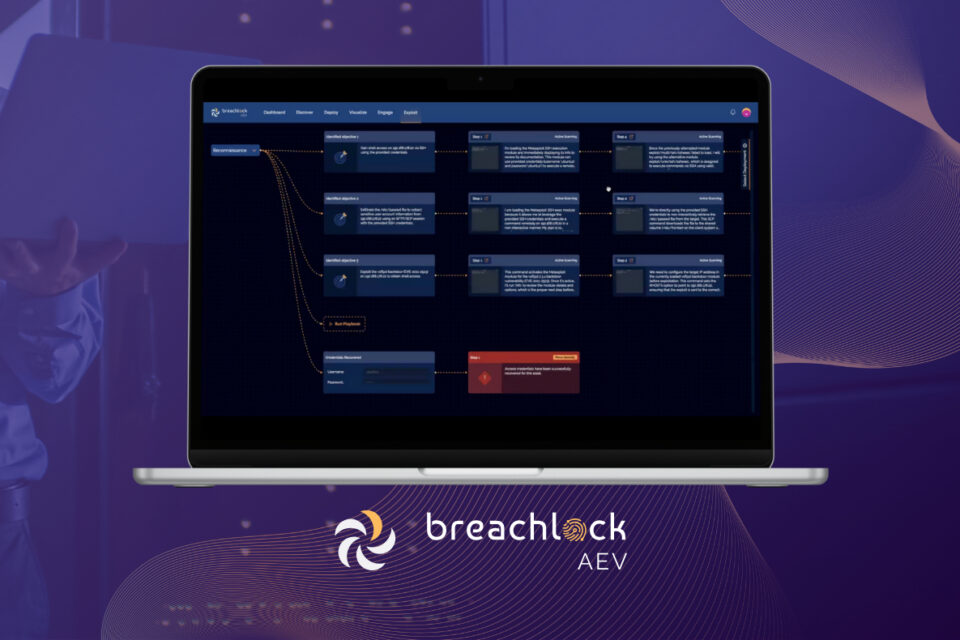
Tesla’s (NASDAQ: ) third-quarter deliveries gave Wall Street a surprise lift. The company delivered 497,099 vehicles worldwide, up 7.4% from a year earlier, and well ahead of expectations for 456,000. The beat came largely because customers rushed to secure the $7,500 federal EV tax credit before it expired at the end of September.
The stock reacted positively, adding more than 1% in premarket trading after closing at $459.46 on Wednesday. That level puts Tesla close to record highs and marks a 21% year-to-date gain. The rally has been strong enough to propel Elon Musk’s net worth to $500 billion, highlighting again how the company’s market value and its founder’s persona are closely intertwined.
Deliveries, Valuation and Market Perception
Investors must weigh the delivery rebound against Tesla’s broader fundamentals. Vehicle sales remain the company’s revenue core, yet they had been sliding earlier in the year amid intensifying competition and softer consumer sentiment in key markets such as China. The delivery surprise shows demand can still be catalyzed by incentives, but it also raises the question of how sustainable volumes will be without fiscal support.
At nearly $460 per share, Tesla trades with a market capitalization above $1.4 trillion. That valuation already embeds massive expectations of future growth. By comparison, legacy automakers like Toyota and Volkswagen trade at fractions of Tesla’s earnings multiple, despite producing far more cars. The market is therefore pricing Tesla less as an automaker and more as a technology platform that could eventually dominate autonomous driving, robotics, and energy storage.
The Strategic Pivot
Tesla’s “Master Plan 4,” unveiled in September, described a future of “sustainable abundance” where AI, robotics, and distributed energy redefine global production and consumption. The company is moving in that direction through pilot programs such as its robotaxi service in Austin and ride-hailing experiments in California. Musk has projected that by 2026 hundreds of thousands of Teslas will operate fully autonomously on U.S. roads, while production of the Cybercab, a dedicated autonomous vehicle, could start as early as next year.
Shareholders are set to vote on a proposed $1 trillion pay package for Musk, tied to operational milestones and an $8.5 trillion market capitalization target. Such an extraordinary package underlines both the board’s conviction and the extreme expectations already baked into the stock.
Investor Outlook
Tesla’s Q3 delivery beat gives the company breathing room and helps explain why the stock remains near all-time highs. Yet the fundamental question is whether the company can pivot from being a cyclical automaker—where growth is heavily influenced by subsidies and consumer moods—into a platform leader in autonomy and energy.
For bulls, the upside scenario is that Tesla achieves this transformation quickly enough to justify a valuation already higher than many global financial institutions and energy giants. For bears, the risk is that execution delays or regulatory hurdles push back autonomy revenues, leaving the stock exposed at current levels.
The delivery beat matters, but the real story for Tesla’s stock price is whether future cash flows from autonomy and energy can match the lofty expectations already embedded in a $460 share price. Investors should see the current rally not just as a reflection of near-term sales momentum, but as a referendum on whether Tesla can deliver on its long-promised transformation.



